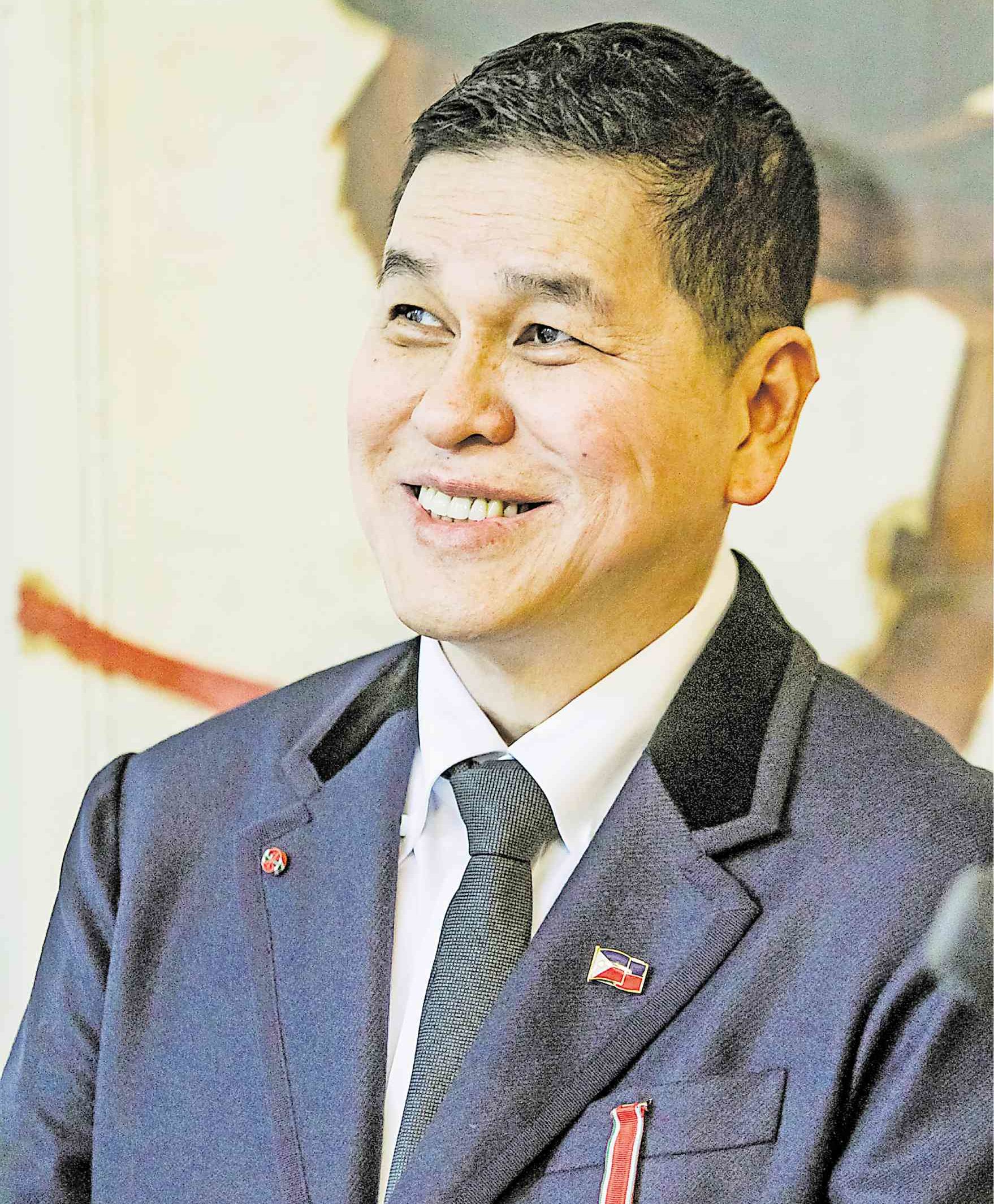
“It makes me more proud as a Filipino.”
In a nutshell, retail visionary Ben Chan answers what many are curious about: why he is so steadfast in promoting terno wear among today’s Filipino women.
Not only does Chan, through his retail brand Bench, advocate #lovelocal, but his Bench holds an annual TernoCon (terno convention) that holds yearlong workshops on terno making among budding designers, which culminates in a terno design competition.
The works of the finalists will be presented in a fashion show on Jan. 26 at TernoCon, Cultural Center of the Philippines.
“When I look at old photos of the terno and I see the masterful craftsmanship and exquisite handiwork that went into making it, I feel happy to be Filipino,” Chan explained in an interview with Lifestyle.
“I am happy to be reminded of what the previous generations have done, and what we can do in fashioning a sense of our national identity.”
Chan is also brought back to a bygone era—his parents’ legacy.
“There’s also a sense of nostalgia. My parents put up Liwayway Gawgaw after World War II, when everybody still ironed their clothes with the cornstarch it produced.
“The terno during that period held its shape partly because of this starch. So I also associate it with my parents’ legacy, because cornstarch was indispensable to fashion at that time. It was part of the ritual and its history.”
Committed
Our interview with Chan:
What drives you to stay committed to promoting the terno?
Bench has always been committed to promoting Filipino culture and Filipino design talent. A terno is a beautiful combination of both.
Having been in the fashion business for years, I have learned that it is important to have a strong cultural background to draw from when designing.
Culture is an endless source of inspiration for any of us in this field; the richer your culture, the more you can feed your talent.
As a Filipino and a purveyor of a Filipino fashion brand, I feel that I have an obligation to give back to the culture that nurtured me. It is both a responsibility as well as a source of personal fulfillment.
What is your vision where terno wear is concerned?
My dream is for the terno to be a part of every Filipina’s life and her story—for every one of them to have at least one in her closet. To make it as visible as the kimono in Japan and the sari in India.
She can wear a terno balintawak to a cocktail party instead of a little black dress; a terno top with jeans instead of a silk blouse; for weddings, a formal terno whether or not the theme is Filipiniana.
It’s an elegant, intelligent fashion choice that makes a statement.
TernoCon has gained publicity the past two years. How do you raise the level now? Where do you want to bring it?
This year, we published a catalogue to accompany the show and the exhibit. It documents the wonderful process that went behind every terno featured in TernoCon 2020. With this printed form, the codes of the terno are laid out and interpreted in a variety of creative ways.
Each terno tells a story, as this catalogue shows. Hopefully, it can fill fashion designers and fashion students with enough inspiration until the next TernoCon.
You think any woman can look good in the terno or is there a specific body type, like Imelda Marcos?
A terno requires only one thing from its wearer: good posture. More than your body type, it’s your comportment that matters when wearing a terno. It must be worn with pride and dignity; that’s all it asks for.
In return, a terno lends a regal and dignified aura to a woman that only a terno can give.—THELMA SAN JUAN